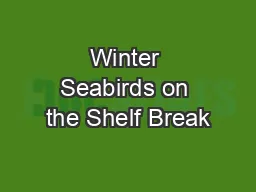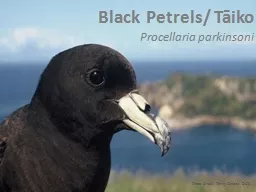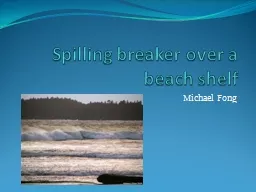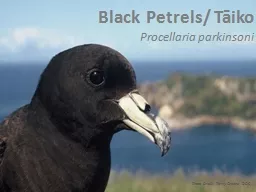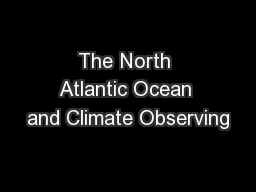PPT-Winter Seabirds on the Shelf Break
Author : faustina-dinatale | Published Date : 2017-05-30
Pelagic Seabirds The term pelagic is from the Greek meaning open sea Many of the following species are pelagic in that they spend their lives at sea except when
Presentation Embed Code
Download Presentation
Download Presentation The PPT/PDF document "Winter Seabirds on the Shelf Break" is the property of its rightful owner. Permission is granted to download and print the materials on this website for personal, non-commercial use only, and to display it on your personal computer provided you do not modify the materials and that you retain all copyright notices contained in the materials. By downloading content from our website, you accept the terms of this agreement.
Winter Seabirds on the Shelf Break: Transcript
Download Rules Of Document
"Winter Seabirds on the Shelf Break"The content belongs to its owner. You may download and print it for personal use, without modification, and keep all copyright notices. By downloading, you agree to these terms.
Related Documents

